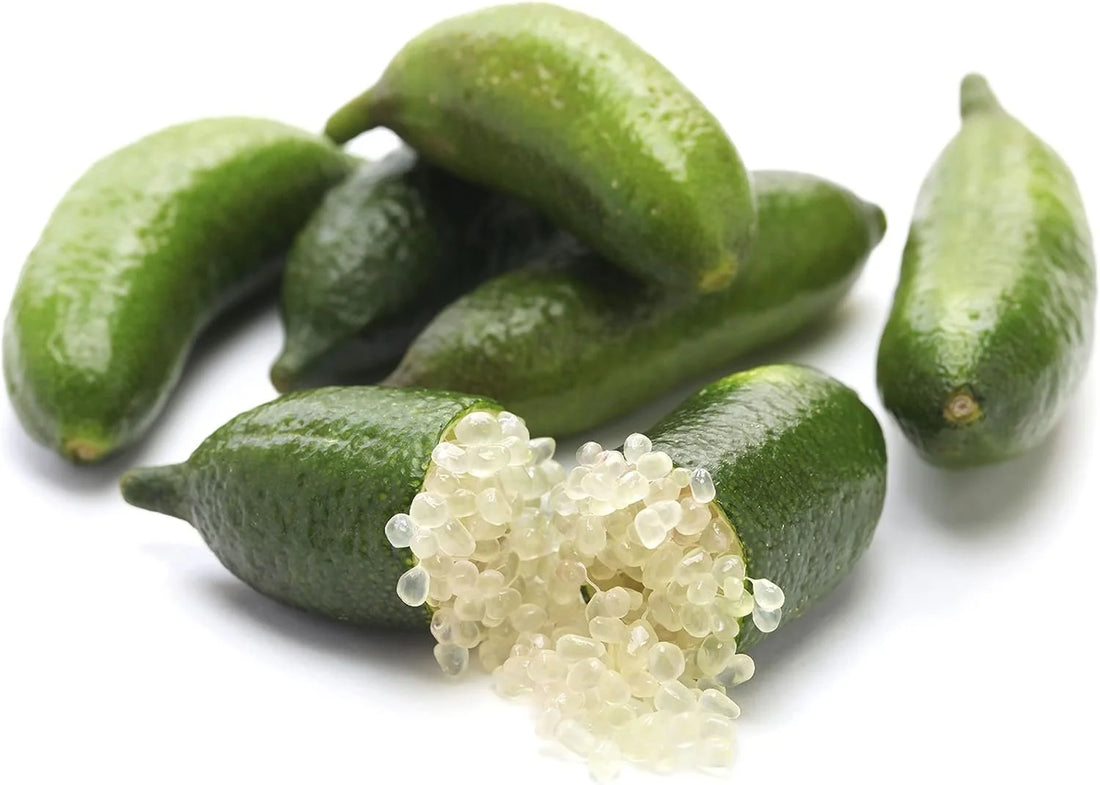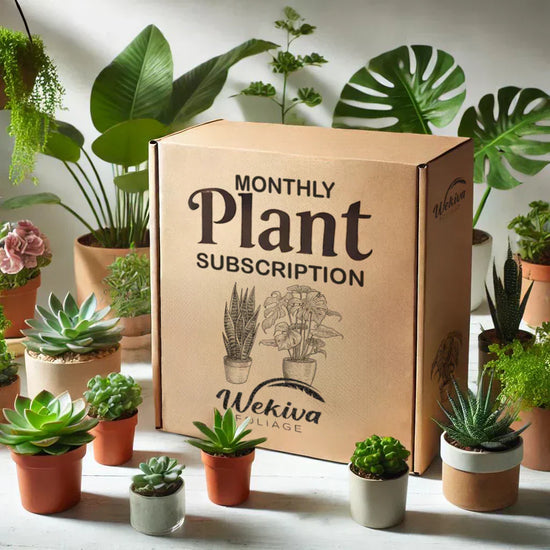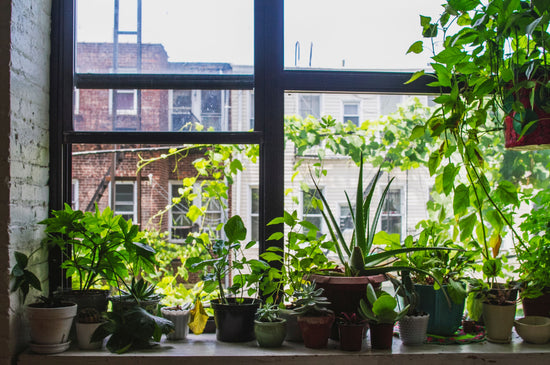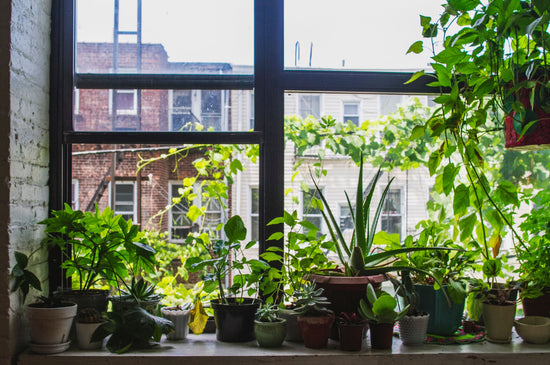Florida Citrus Growing Hacks: Get Bigger, Sweeter Fruit Every Season
Florida is a citrus lover’s paradise, and the state’s climate makes it possible to grow a variety of delicious fruits right in your backyard. Whether you're nurturing a lemon tree or experimenting with exotic varieties like the Australian Finger Lime, this guide is packed with actionable hacks to maximize your harvest and produce sweeter, juicier citrus fruits.
Choosing the Right Citrus Tree for Florida's Conditions
The foundation of a thriving citrus garden is selecting the right tree. Florida's warm weather and sandy soils are ideal for many citrus varieties, but some perform better than others under specific conditions.
- Meyer Lemon Tree: A hybrid with a sweeter flavor than traditional lemons, making it perfect for home use. Shop Meyer Lemon Trees.
- Calamondin Orange Tree: Compact and cold-hardy, this tree is perfect for container gardening. Explore Calamondin Trees.
- Persian Lime Tree: Known for its seedless fruit and consistent flavor, ideal for drinks and cooking.
- Lemon Cypress: A beautiful ornamental option with a subtle lemon scent.
Optimizing Your Soil for Citrus Growth
Florida's sandy soils drain well but may lack nutrients essential for healthy citrus growth. Here’s how to prepare your soil for optimal results:
- Test Your Soil: Citrus thrives in soil with a pH between 5.5 and 6.5. Adjust with lime or sulfur as needed.
- Amend with Organic Matter: Add compost or well-rotted manure to improve nutrient content and moisture retention.
- Ensure Good Drainage: Avoid planting in low-lying areas where water tends to pool.
Planting Your Citrus Tree the Right Way
Proper planting techniques ensure your citrus tree gets a strong start.
- Pick the Perfect Spot: Choose a sunny location with at least six hours of direct sunlight daily.
- Prepare the Hole: Dig a hole twice as wide as the root ball but only as deep. This prevents water from collecting at the base of the trunk.
- Plant and Backfill: Position the tree so the root flare is slightly above ground level. Fill with a mix of native soil and compost.
- Mulch Wisely: Apply a layer of mulch around the base, leaving a gap near the trunk to prevent rot.
Watering and Fertilizing for Maximum Yield
Watering and fertilizing are critical to producing juicy, flavorful fruit.
- Water Deeply: Young trees need watering 2-3 times a week. Established trees can thrive with once-a-week deep watering during dry periods.
- Use Citrus-Specific Fertilizers: Apply fertilizer every 6-8 weeks during the growing season. Look for blends high in nitrogen and potassium, with micronutrients like magnesium and zinc.
Pest and Disease Management
Florida’s warm, humid climate can attract pests and diseases that may affect citrus trees. Here’s how to protect your garden:
- Citrus Greening: A serious bacterial disease spread by the Asian citrus psyllid. Use insecticidal sprays and monitor trees closely.
- Aphids and Scale: Treat infestations with neem oil or horticultural soap.
- Fungal Issues: Prevent root rot and other fungal diseases by ensuring good drainage and avoiding overwatering.
Pruning for Healthy Growth
Pruning is essential to maintain tree shape, promote airflow, and remove dead or diseased wood.
- Prune in late winter or early spring before the tree starts actively growing.
- Remove crossing branches and suckers at the base of the tree.
- Use clean, sharp tools to minimize stress on the tree.
Harvesting and Storing Your Citrus
Knowing when to harvest ensures you get the sweetest, juiciest fruit.
- Timing: Harvest when the fruit is fully colored and slightly soft to the touch.
- Storage: Keep citrus in a cool, dry place to maintain freshness for up to three weeks. For extended storage, refrigerate.
Advanced Hacks for Bigger, Sweeter Citrus
- Cross-Pollinate: Planting different citrus varieties nearby can boost fruit production.
- Foliar Feeding: Spray leaves with a diluted fertilizer solution for an extra nutrient boost.
- Deep Mulching: Helps retain soil moisture and regulate temperature, which is critical during dry spells.
Maximize Your Florida Citrus Garden
With the right care and attention, your citrus trees can become the centerpiece of a thriving Florida garden. Experiment with different varieties like the Australian Finger Lime or Sumo Citrus, and enjoy the satisfaction of harvesting your own fresh fruit. Browse our full range of citrus trees to find the perfect fit for your yard.
FAQ
1. How do I know when my citrus fruit is ripe?
Ripe fruit will have full color and a slight give when gently squeezed. Taste testing is the best way to confirm.
2. Can citrus trees grow in containers?
Yes, varieties like the Meyer Lemon Tree and Calamondin thrive in containers, provided they have good drainage and plenty of sunlight.
3. What are the best citrus trees for Florida beginners?
The Meyer Lemon Tree and Persian Lime Tree are ideal for beginners due to their hardiness and manageable size.
4. How can I prevent citrus greening?
Prevent citrus greening by controlling the Asian citrus psyllid with neem oil or horticultural sprays. Choose disease-resistant rootstocks when possible.
5. What type of fertilizer is best for citrus trees?
A citrus-specific fertilizer with a balance of nitrogen, phosphorus, and potassium, along with micronutrients, is ideal for healthy growth and fruit production.
By following these expert tips, you’ll unlock the full potential of your Florida citrus garden, enjoying bountiful harvests year after year.





